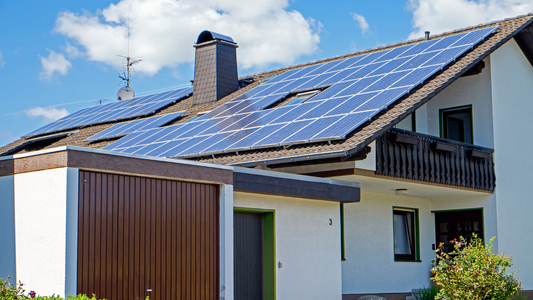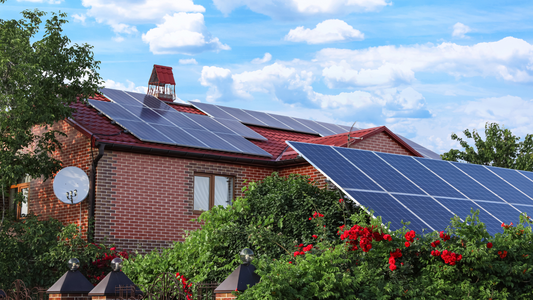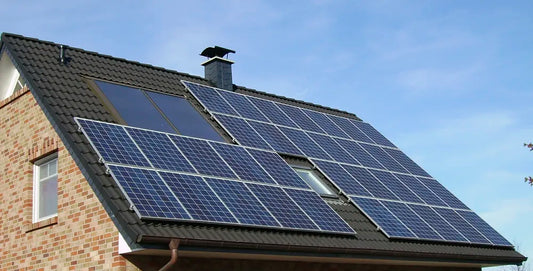
Floating photovoltaic systems: The future of solar energy on water
With the constant demand for sustainable energy solutions, floating photovoltaics is gaining increasing importance. This innovative technology utilizes water surfaces to generate energy and offers a promising alternative to conventional onshore solar farms.
How does floating photovoltaics work?
Floating photovoltaic systems, also known as floating PV , are installed on artificial or natural bodies of water, such as reservoirs, lakes, or irrigation basins. The solar modules are mounted on special floating platforms that float on the water's surface, efficiently converting the sun's rays into electricity.
Advantages of Floating PV
- Space-saving : Since no land is required, floating PV is particularly suitable for regions where space is limited. Water bodies that are not currently used for other purposes can thus contribute to energy production.
- Increased efficiency : The proximity to water provides natural cooling for solar panels, increasing their efficiency. Studies show that floating systems can generate up to 10% more energy than their land-based counterparts.
- Reduced evaporation : The solar modules reduce water evaporation, which is particularly beneficial in water-scarce areas. Floating PV thus offers a dual solution—producing clean energy while preserving valuable water resources.
Examples of successful projects
There are already several successful floating PV projects worldwide. Large floating solar parks generating several megawatts of power have been built in countries such as China and India. There is also growing interest in this technology in Europe, as it represents a sustainable response to growing energy demand.
The future of floating photovoltaics
Floating photovoltaic systems offer enormous potential to further increase the use of renewable energy. This technology could become an important component of the energy transition, especially in countries with abundant water and limited space for land-based solar parks.




